The Palestinian and Jewish Holocausts
What Are the Politics of Memorializing Genocide?
Dr. Mads Gilbert, a specialist in anesthesiology and head of the emergency medicine department at the University Hospital of North Norway, is one of the most insightful and plain-spoken commenters on the genocidal travesty unfolding in Gaza and the West Bank. Starting with his response in the early 1980s with the Israeli assault on the PLO in Lebanon, Dr. Gilbert has been working closely over several decades with Palestinian medical practitioners.
The current genocidal onslaught of the US and Israeli protagonists is pushing the frontiers of many categories of murderous brutality. Prominent among the war crimes are the attacks on dozens of hospitals in Gaza that often include the murder of medical staff and patients on an unprecedented scale.
The military violation of health care facilities, a topic integral to Dr. Gilbert’s many areas of professional expertise, has been a particularly shocking phenomenon in a saga of outrageous international crimes.
In the genesis of the Geneva Conventions and in other instruments of international humanitarian law, the protection of hospitals, especially in war zones, has formed the very foundation of the rules of civilized conduct amidst the chaotic violence of armed combat.
Dr. Gilbert frequently combines his medical expertise with his far-reaching understanding of the historical and political context of the ruthless atrocity underway. In the comments below Dr. Gilbert identifies the intensity of the Israeli attempt to erase even the basis of the historical memory of native Palestinians from public consciousness.
The assault on the continuity of memory is manifest in the attacks on Palestinian archives, national museums. historical monuments, schools, universities and the scholars they host. The will to eliminate Palestinians people as well as to genocide the future memory of their very existence, deserves careful reflection.
Can the current Israeli effort to plunge Palestinians into amnesiac oblivion be countered by a plan to memorialize this genocide with monuments, museums, movies and curriculum to signify a new determination that such an atrocity should never be repeated? Especially after the Israeli assault on the tent camp in Rafah in late May, the genocide in Gaza includes the sacrifice of many burnt Palestinians. This sacrifice of burnt humans constitutes the very definition of a holocaust.
Breathtaking in its ruthless cynicism, is the effort by the Israeli government to, first, eliminate the Palestinian people and then to eliminate the historical record of their very existence. The basis of this attitude stands in stark contrast with the obsessions of many Jews to commemorate in many sumptuous public venues the genocidal origins of the Jewish State. In answer to the question “How many Holocaust Memorials and Museums Does the World Need?” The answer given is, “As much as possible.”
What follows is a survey of Jewish “Holocaust memorials and museums from Berlin to Jerusalem, from Milan to Dallas [These buildings stand as] proof that architecture can play a fundamental role in helping us to remember what happened, learn from history, and build a better future.” Will a similar emphasis be put on the importance of remembering the victims of genocide now inflicted on generations of Palestinians, but especially young people.
What follows is an extended citation. It is a survey taken from an Internet item on Jewish Holocaust memorials with photographs and explanatory text. The words are not my own. See
HOW MANY HOLOCAUST MEMORIALS AND MUSEUMS DOES THE WORLD NEED?
JANUARY 27, 2023
International Holocaust Remembrance Day. Bologna Shoah Memorial by SET Architects – Photo by Simone Bossi.
Architecture – January 27 is International Holocaust Remembrance Day, an important date to remember the crimes of the Nazi regime, which mass tortured and murdered over six million Jews before and during World War II. An opportunity to reflect on our societies and commit to shaping a humane future. Architecture can play an essential role in strengthening positive values, as well as empowering awareness of human rights to fight negationism, war, and dangerous far-right ideologies.
Check these amazing architectural museums and memorials standing up to injustice and discrimination!
Berlin Holocaust Memorial
Berlin Holocaust Memorial – Photo by Wynand van Poortvliet.
Designed by Peter Eisenman and Buro Happold, and inaugurated in 2005, Berlin’s Memorial to the Murdered Jews of Europeconsists of a 19,000-square-metre site by the Brandenburg Gate covered with 2,711 concrete slabs of different heights, arranged in a grid pattern on a sloping field. While walking between the columns and the labyrinthine corridors, visitors may experience a brief moment of disorientation, which should open up space for discussion. Beneath the memorial is the Information Centre, which documents the crimes of the Nazi era in themed rooms.
Photo via Mely1670.
“This project manifests the instability inherent in what seems to be a system, here a rational grid, and its potential for dissolution in time. It suggests that when a supposedly rational and ordered system grows too large and out of proportion to its intended purpose, it loses touch with human reason. It then begins to reveal the innate disturbances and potential for chaos in all systems of apparent order.” Say at Eisenman Architects.
Yad Vashem, Jerusalem
Courtesy of Yad Vashem.
Yad Vashem – A memorial and a name in Hebrew – is Jerusalem’s New Holocaust History Museum, designed by world-renowned architect Moshe Safdie. The museum is dedicated to preserving the memory of the Jews who were murdered, honouring their fight against the Nazis as well as the people who selflessly aided them. The architecture consists of s concrete prism-like triangular structure penetrating Mount Herzl – Mount of Remembrance – from one side to the other, with both ends dramatically cantilevering into the open air.
Courtesy of Yad Vashem.
The triangular form of the structure was chosen to support the pressure of the earth above the prism while bringing in daylight from above through a 200-meter-long glass skylight. The skylight allows gleams of daylight to contrast with darker areas required for multimedia presentations. At Yad Vashem’s core is The Hall of Names, a conical structure extending 33 feet upward, housing the personal records of all known victims of the Holocaust.
National Holocaust Monument, Ottawa
Photo Sean Marshall.
The National Holocaust Monument in the Canadian capital honors and commemorates the victims of the Holocaust and recognize Canadian survivors. Designed by Daniel Libeskind, the cast-in-place, exposed concrete Monument is conceived as an experiential environment comprised of six triangular concrete volumes configured to create the points of a star. Millions of Jews were forced to wear the star symbol so that Nazis could identify them as Jews, exclude them from humanity and mark them for extermination.
Courtesy of Daniel Liebeskind Architects.
The triangular spaces are representative of the badges used to label homosexuals, Roma-Sinti, Jehovah’s Witnesses, and political and religious prisoners for murder.
“The Monument is an experience that combines architecture, art, landscape, and scholarship in ways that create an-ever changing engagement with one of the darkest chapters of human history while conveying a powerful message of humanity’s enduring strength and survival.” Explained Daniel Libeskind.
Bologna Shoah Memorial
Photo via IG by @simonebossiphotographer. Follow @setarchitects.
Two symmetrical steel blocks, each measuring ten by 10 metres, create a narrowing path at the centre of an empty square in the Italian city of Bologna. The Shoah Memorial by Rome-based office SET Architects empathises the “feeling of oppression” experienced by Holocaust victims. Made in Corten steel, the blocks are set to rust over time “to display the vestiges of time,” explained the architects.
Photo via IG by @simonebossiphotographer. Follow @setarchitects.
Externally it looks like a complete and compact volume, while the inside is emptied; the Cor-Ten steel interlocked plates form a grid that, in an obsessive repetition, recalls the geometry of the beds of the concentration camp dorms. A paving of gravel characterizes the passage between the two blocks. As it runs through it, it narrows, causing the visitor a state of estrangement that leads him to a personal and intimate reflection on the theme of the Holocaust.
Milan’s Shoah Memorial
Memoriale della Shoah by Morpurgo De Curtis Architetti Associati in Milano – Photo by Andrea Martiradonna.
Milan’s Shoah Memorial is located deep within the city’s Central Station on a sublevel below the main tracks. Here, thousands of Jews and political opponents were loaded onto livestock cars for a one-way journey to extermination camps. The memorial and exhibition centre narrates the stories of those unfortunate passengers. Their stories contrast with the Fascist-imbued architecture of the Stazione Centrale, a 1940’s building with Art Deco and Neoclassic elements.
Holocaust Memorial of Names
Photo by Kees Hummel.
In 2021, Studio Libeskind also completed Amsterdam’s Holocaust Memorial of Namescommemorating the 102,000 Dutch victims, mostly Jews, Sinti, and Roma people, who were killed by the Nazis during the second world war and had no known graves. Their names are inscribed on bricks composing a labyrinth of two-meter-high walls. A further 1,000 extra bricks were left blank to memorialise unknown people.
Photo by Kees Hummel.
Each of the four volumes is crafted from mirror-finished stainless steel that hovers above the walls. The 1,550 square meter memorial incorporates four volumes that represent the letters in the Hebrew word לזכר, meaning In Memory of.
Dallas Holocaust and Human Rights Museum
Photo by Jason O’Rear, courtesy of Omniplan.
Dallas Holocaust and Human Rights Museum pays tribute to the strength of those who have stood up to injustice. “While no building can ever represent the inhumane injustices that occurred during the Holocaust, it can certainly be a vessel for the meaningful presentation of the repercussions, human experiences, and realities thereof to ultimately influence impactful societal change.” Says Texas architecture studio Omniplan.
Photo by Jason O’Rear, courtesy of Omniplan.
The architects used dark iron spot bricks to add a solemn feel to the first floors of the U-shaped building. The upper levels are clad with a golden-red crown made from copper panels.
Babyn Yar Holocaust Memorial, Uklraine
Photo via IG – Follow @babynyar.
The Babyn Yar Holocaust Memorial Center in Drobytsky Yar, Ukraine, rose where 20 000 victims of the Holocaust were shot and killed during World War II. The Menorah-shaped monument was smashed by Russian missiles last year. Ukrainian President Volodymyr Zelenskyy commented: “The invaders have committed one more crime against history, against historical justice. Near Kharkiv, the Russian forces, in their branded inhumane style, have ‘de-Nazified’ the Holocaust memorial in Drobytsky Yar.”
Yad Vashem museum by Moshe Safdie – Courtesy of Yad Vashem.
A listing of some of the world’s more prominent Holocaust memorials.
https://commons.wikimedia.org/wiki/Category:Holocaust_museums
Conclusion
Dr. Gilbert draws on several decades of his close up assessment of the systematic strategy of eliminating Palestinians in the area of Israeli control.

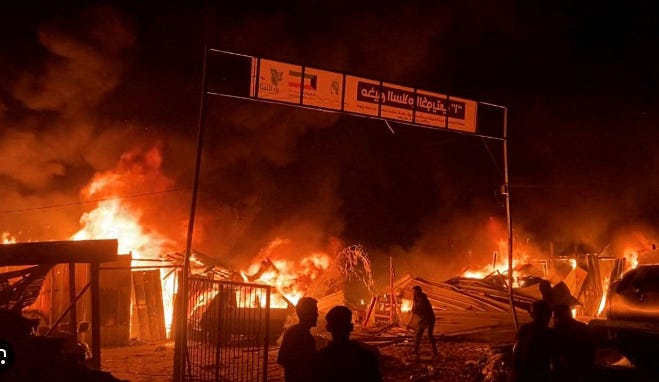
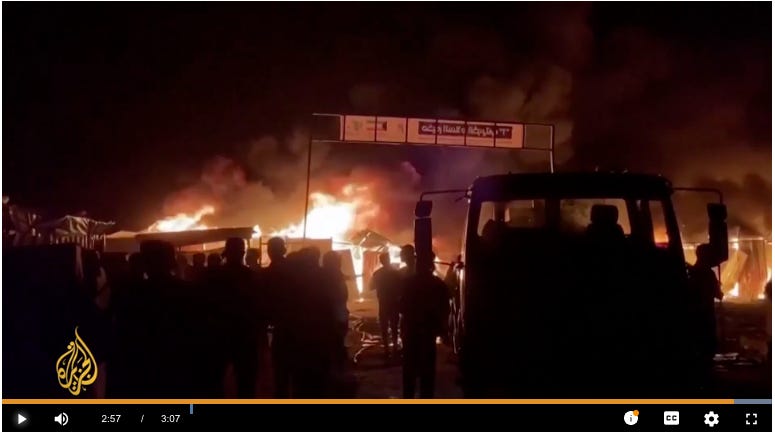
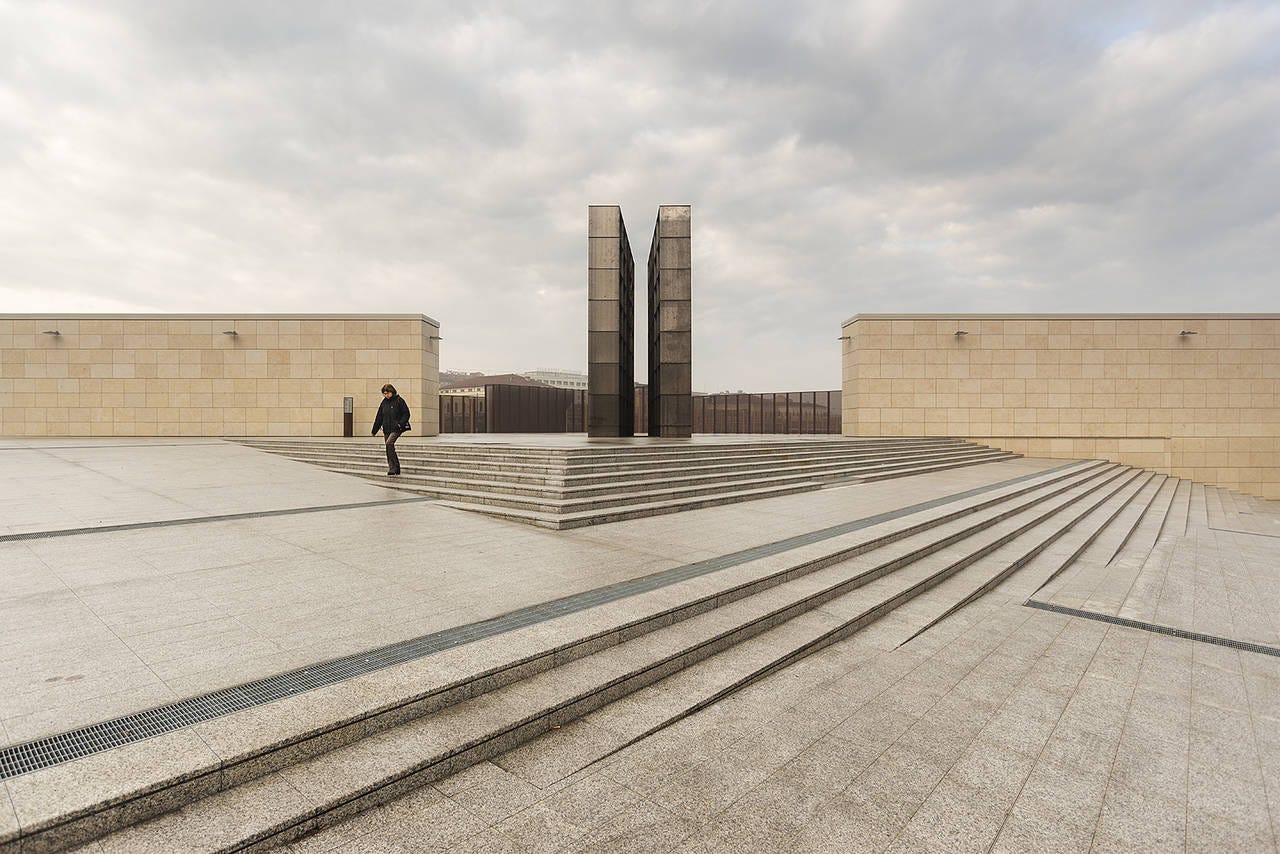
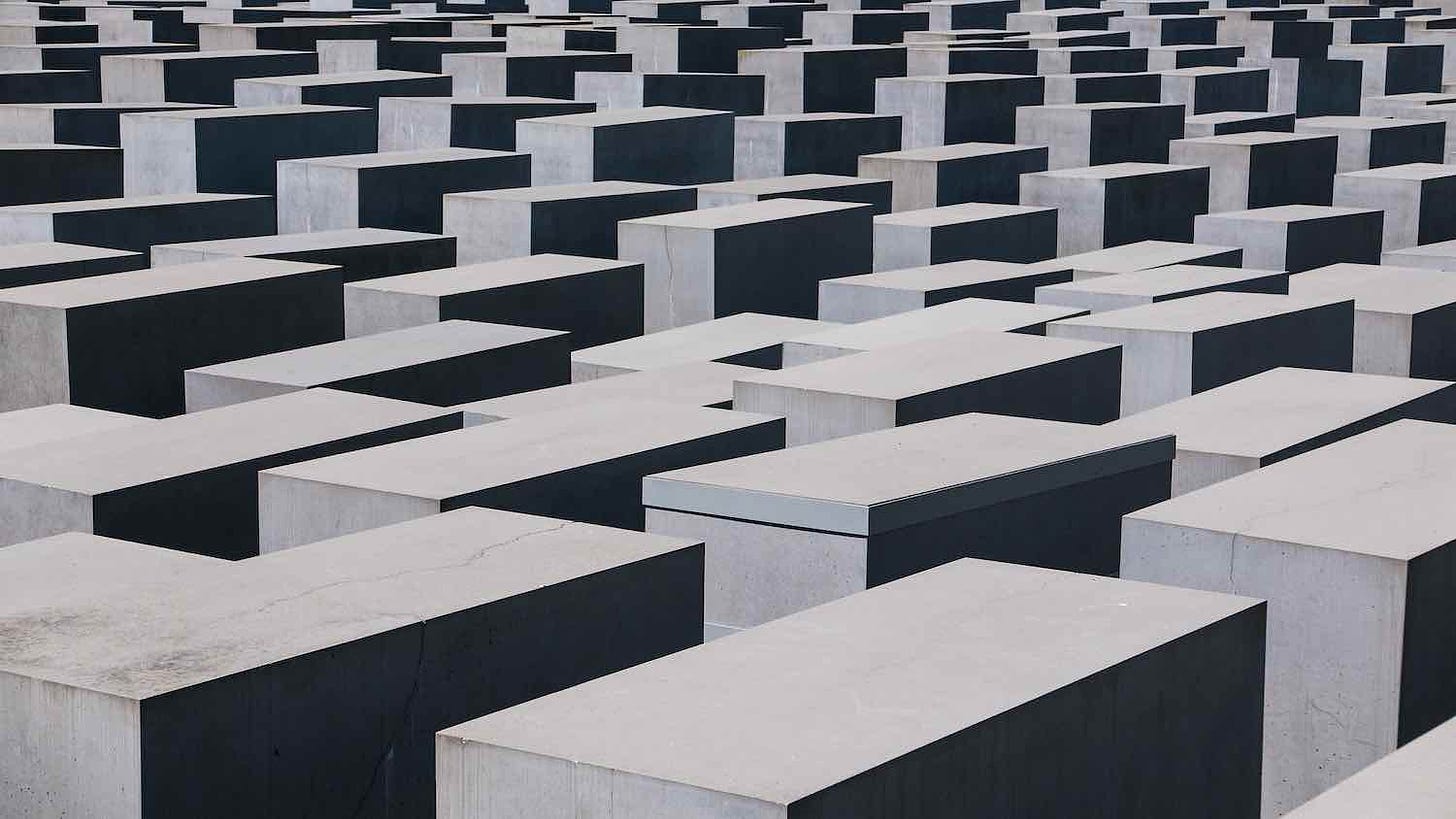
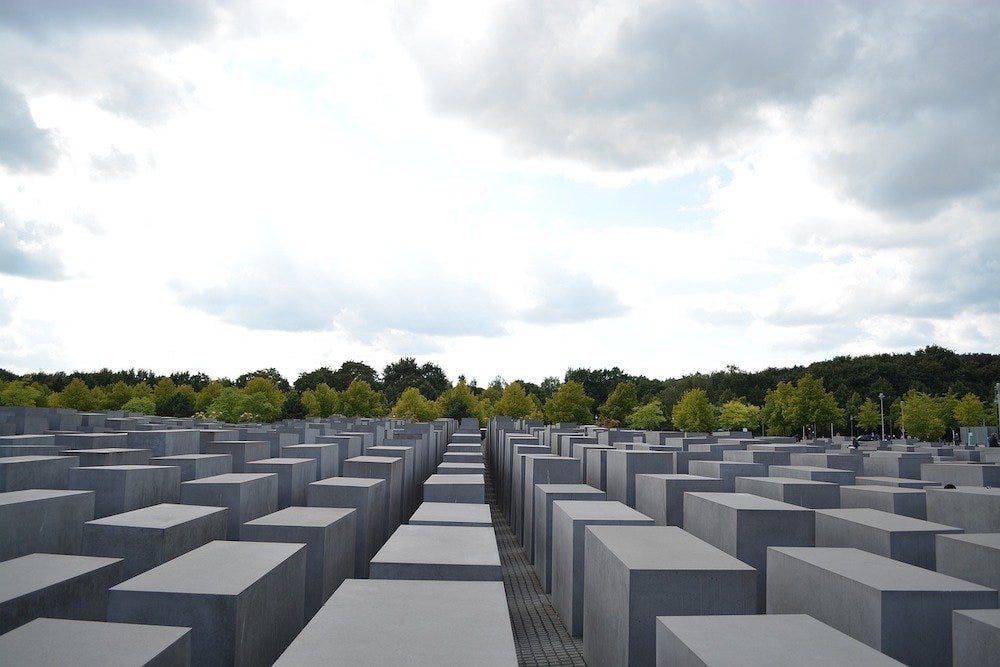
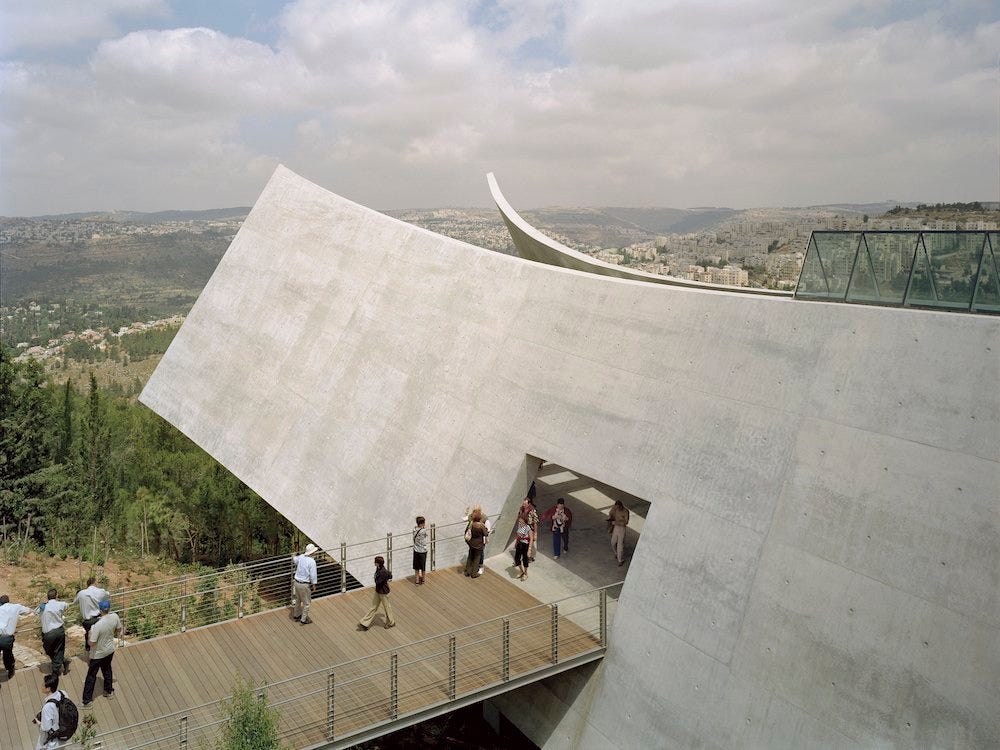
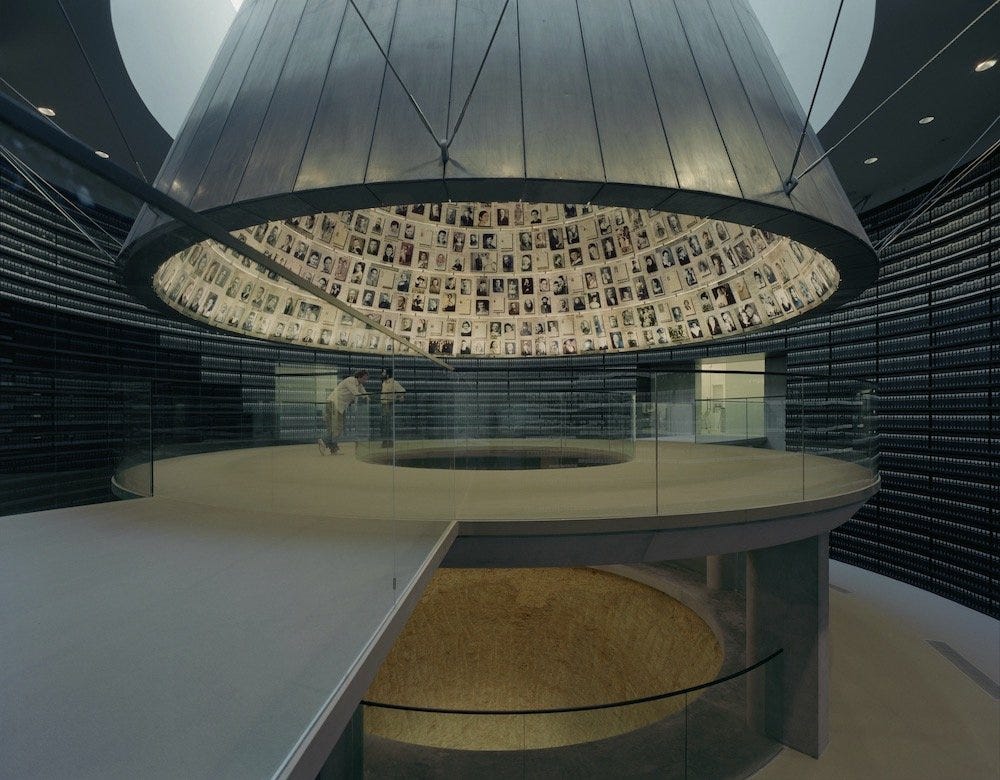
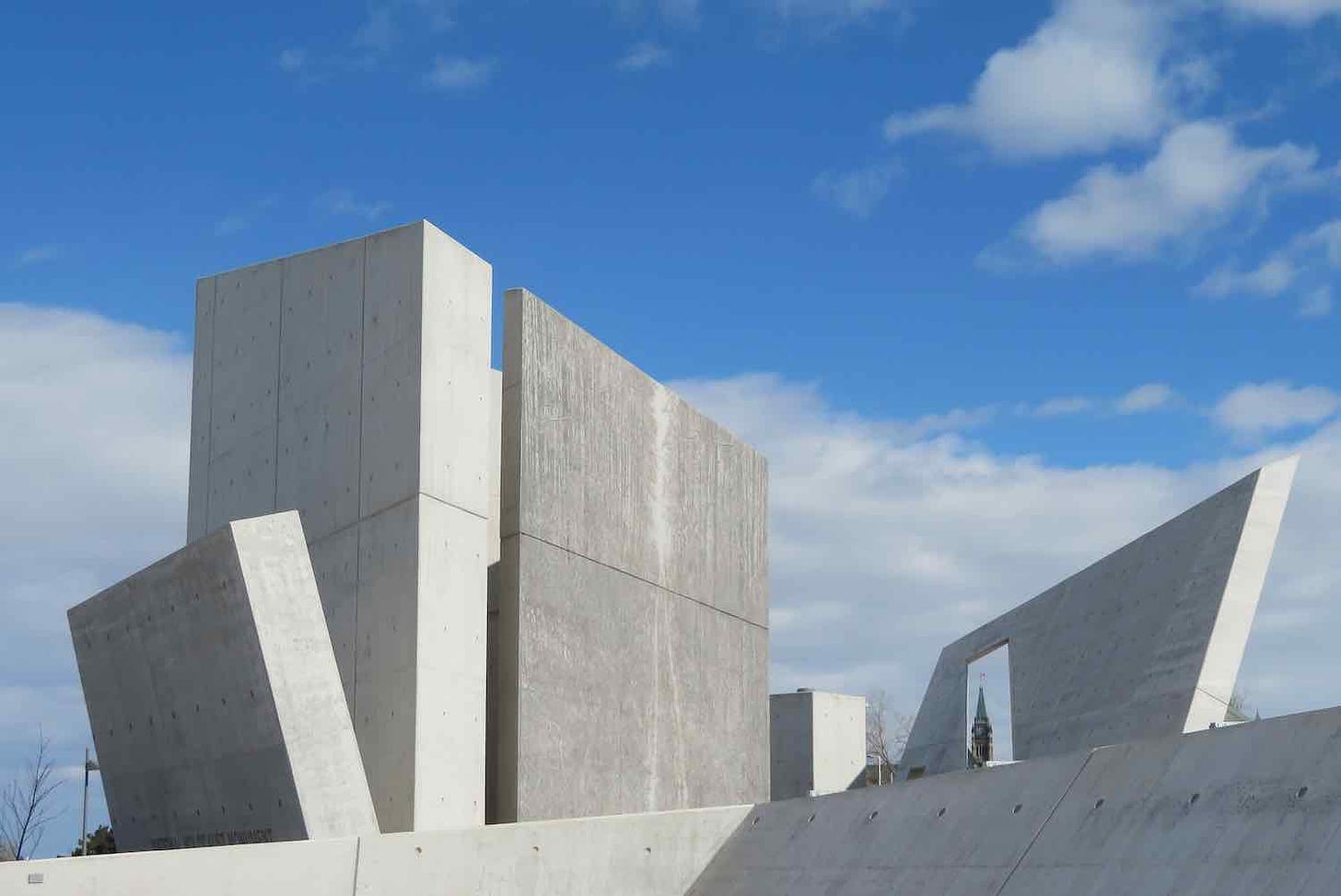

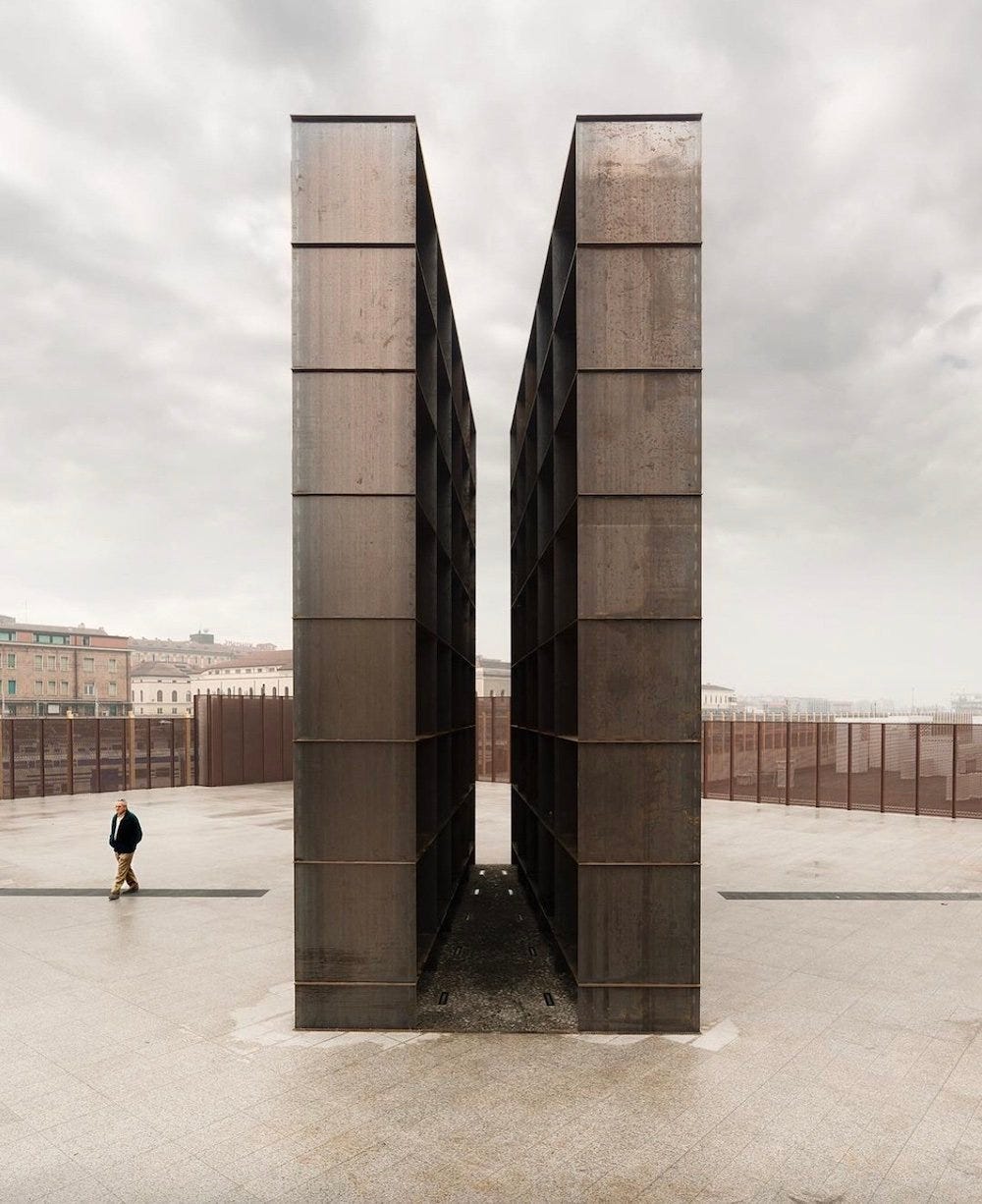

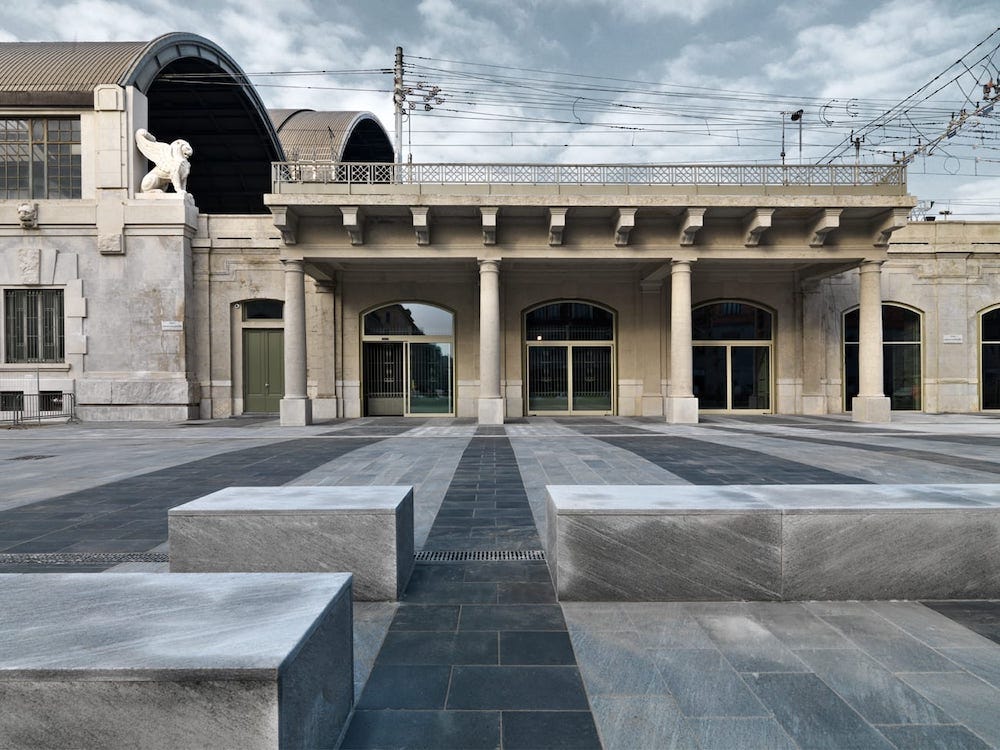
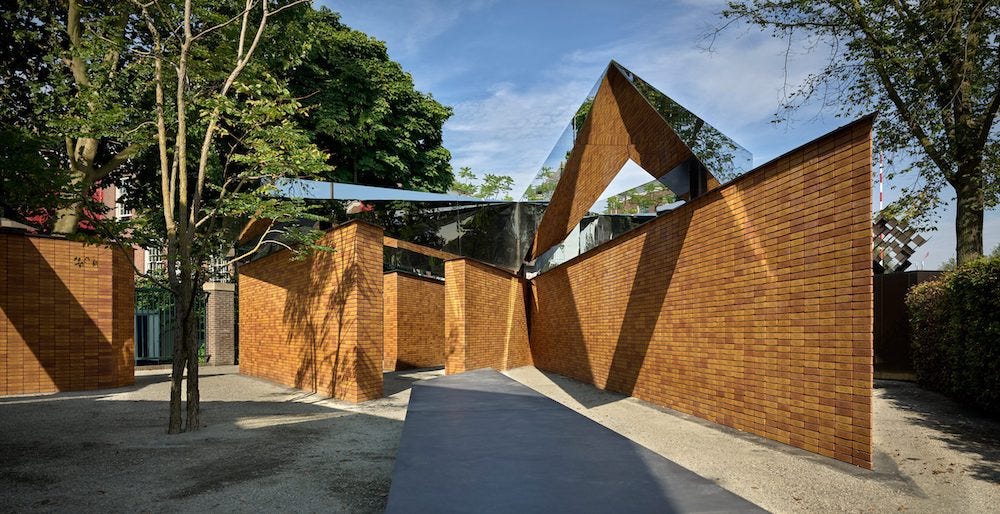
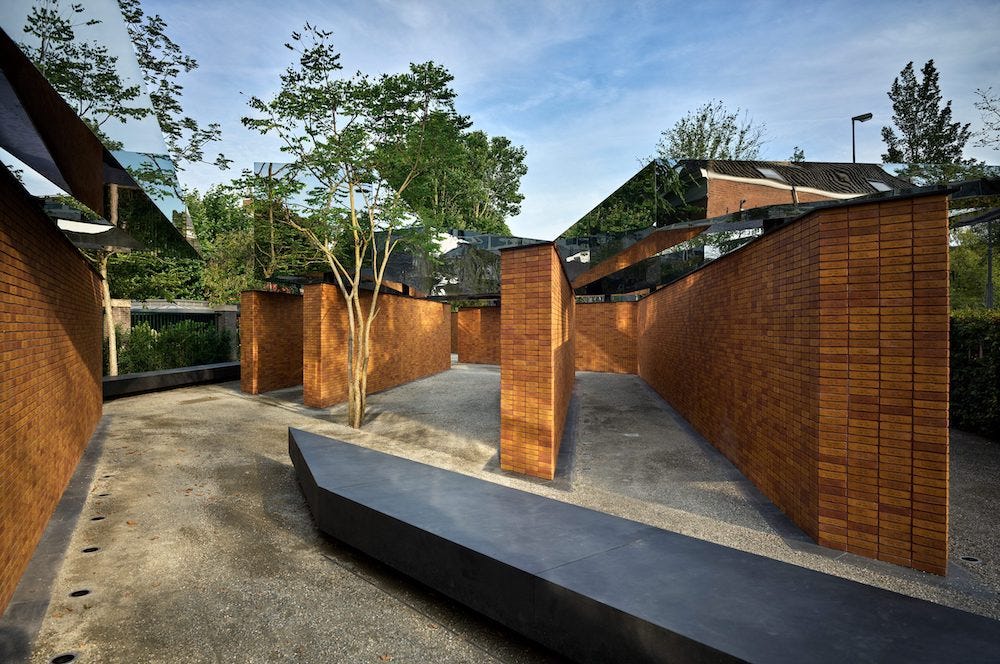
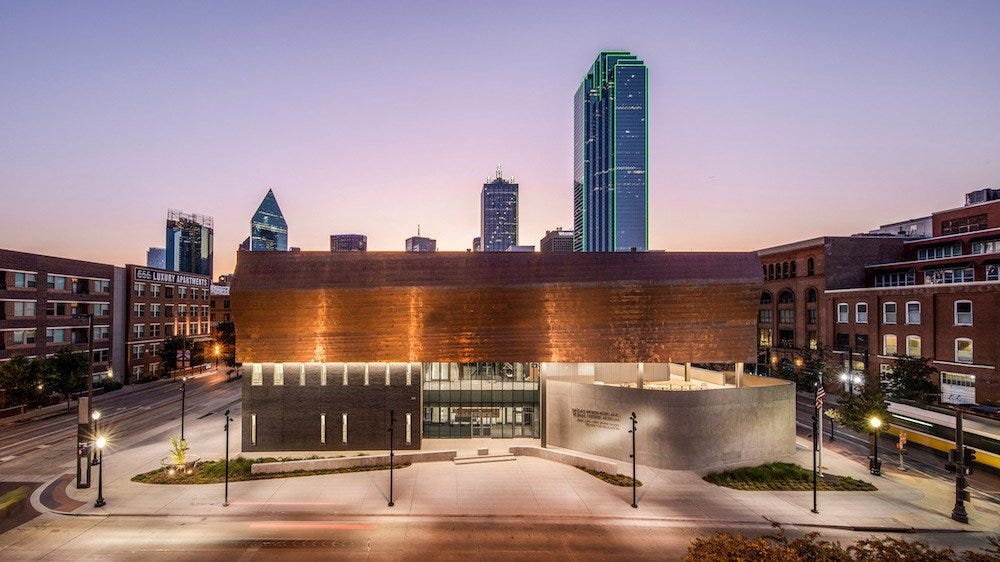
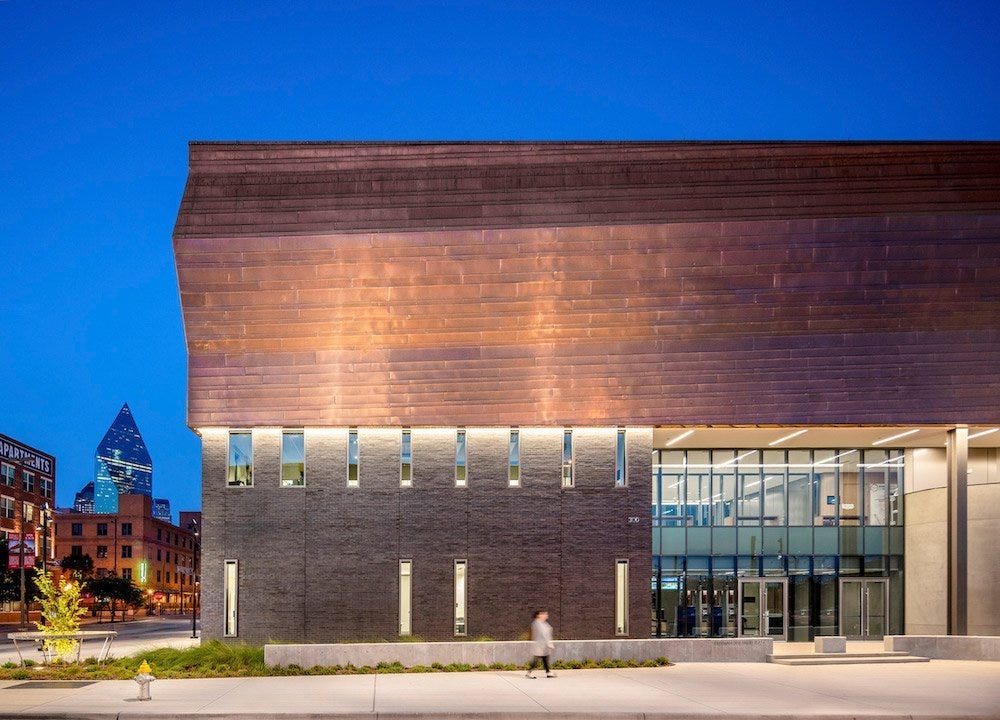
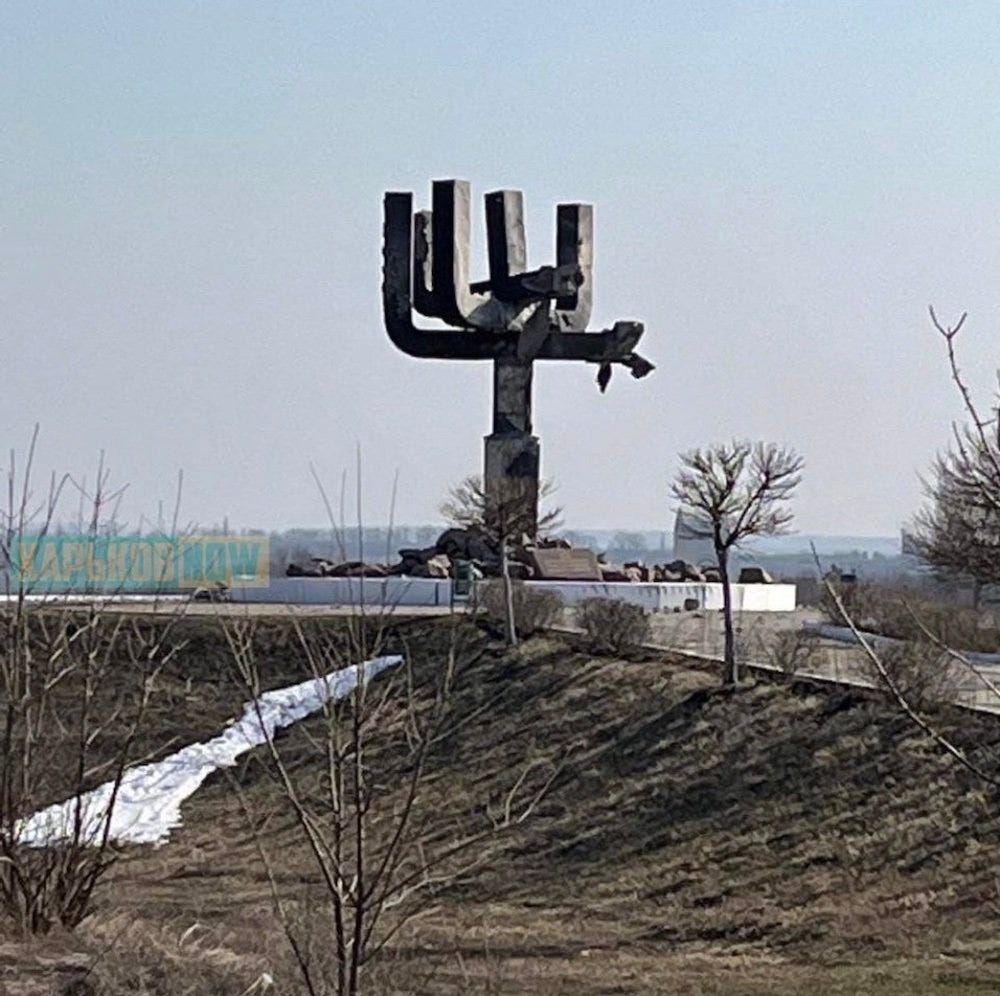
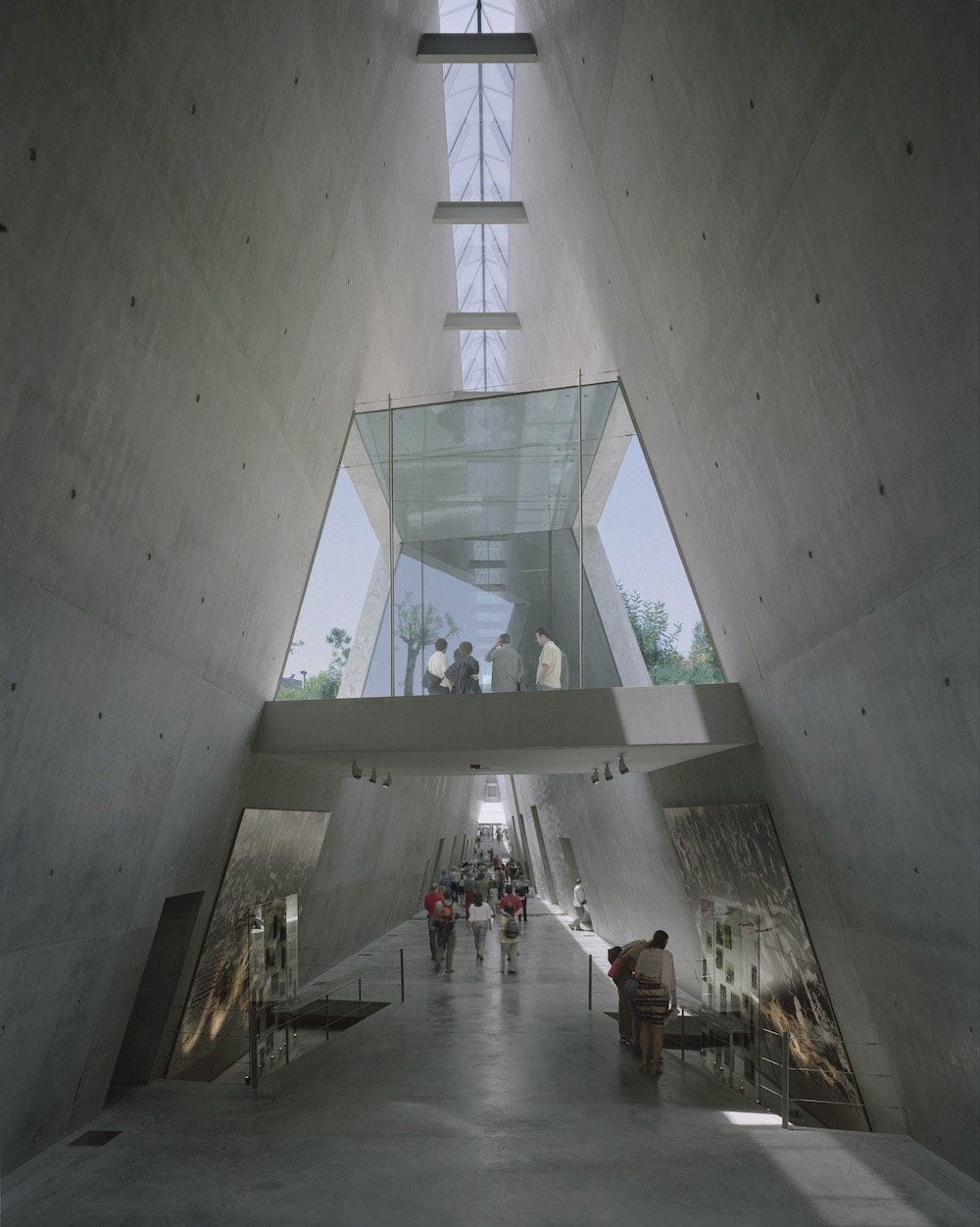

No comments:
Post a Comment